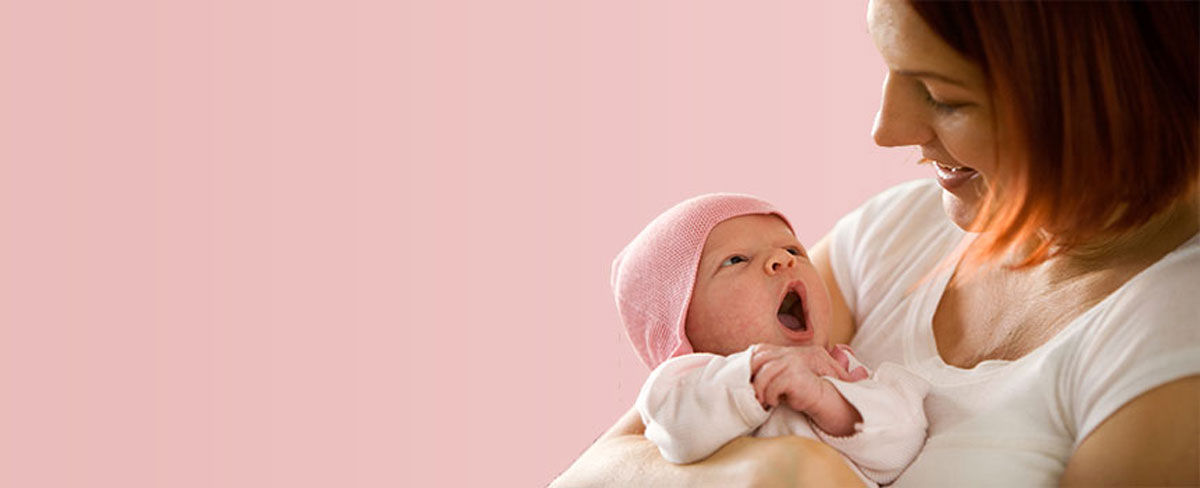Assisted Hatching is a scientific method used in In Vitro Fertilization to improve the chances of implantation of the embryos onto the uterine lining. This is achieved by creating a small opening or thinning the outer layer that helps the embryonic cells to hatch out.
In an IVF procedure, after fertilization of the egg in the laboratory, the cells begin to divide and reach the blastocyst stage (a multi cell embryo with a fluid cavity). This blastocyst has an outer gel like covering known as Zona pellucida or simply the Zona. Before the embryo can attach to the uterine wall, it needs to hatch out of this zona. Some embryos seem to have a thicker shell which makes it difficult to hatch out of this zona thereby reducing the chances of implantation in the womb. Making a hole or thinning the outer layer may help hatching of embryos and thereby increase chances of pregnancy.
Assisted hatching is a performed in the laboratory by experienced embryologists. It is usually performed on Day 3 of embryo development i.e. when the embryos contain six to eight cells on an average. Assisted hatching is performed only on the best embryos selected for transfer into the womb. It is done using acid, laser or mechanical methods. The embryo is held in place by a holding pipette and the outer layer is thinned or a small precision opening is created with a laser beam or a microtool or using a weak acid in a fine glass pipette. If a weak acid is used then the embryo is washed to prevent any further damage. The embryos are then returned to the incubator for a few hours before transferring it to the womb.
IDEAL CANDIDATE FOR ASSISTED HATCHING
Recent research shows that Assisted Hatching is helpful in women under the following circumstances- 37 years and older
- High levels of FSH hormone
- Poor quality of embryos
- Repeated implantation failures
SUCCESS RATES
This method has been found to be of help in couples with repeated IVF failures, particularly in women above 37 years of age with elevated levels of FSH on Day 3 of their menstrual cycle. The success largely depends on the embryologist’s experience and methodology used. For more details you can talk to our fertility specialists who can answer all your questions and help you make a decision.



